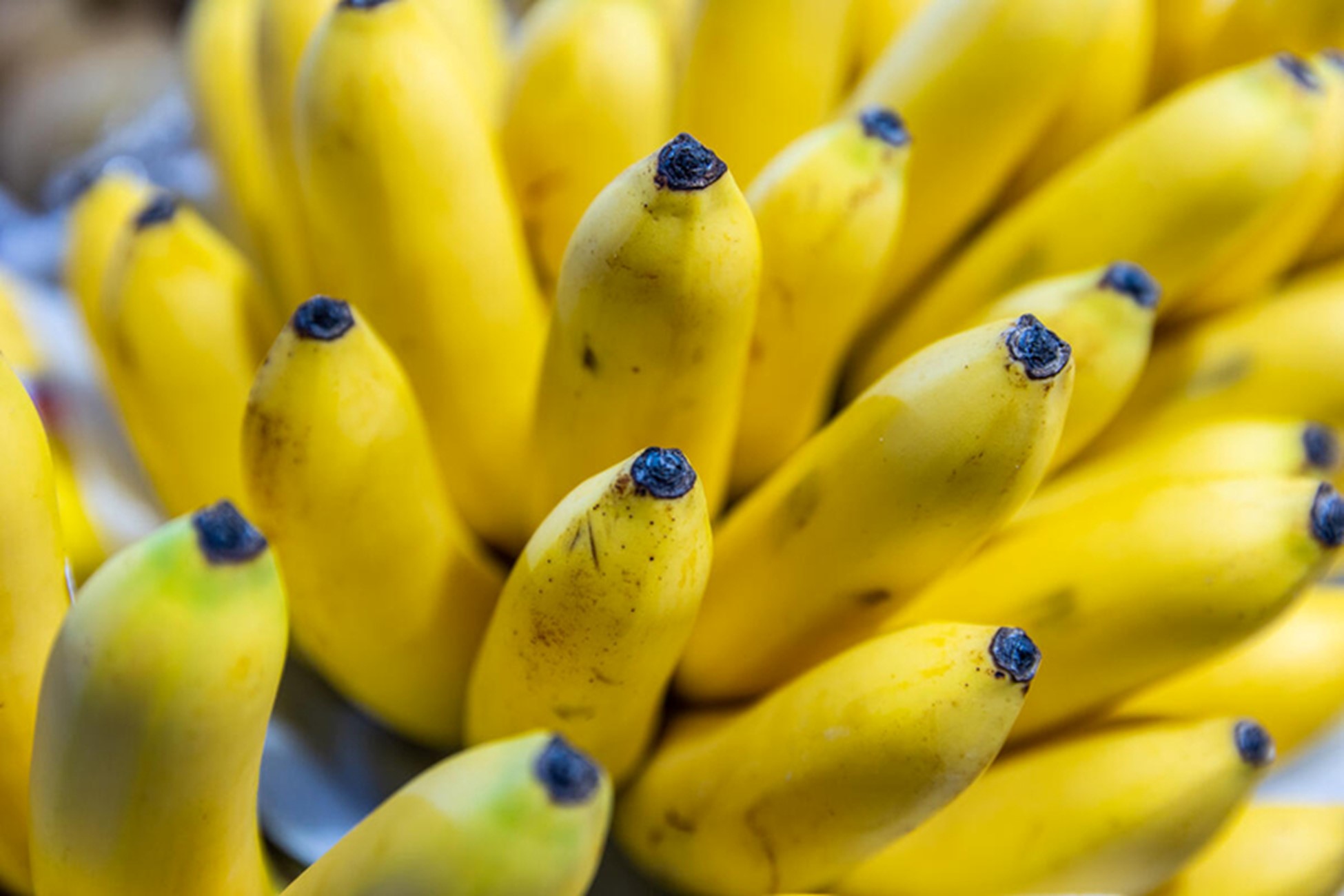Can you imagine a world without bananas?

When we protect plants,
we protect lives.
#PlantHealthDay
Bananas (Musa sp.) are a crucial cash crop in many low-income, food-deficit countries, contributing significantly to household incomes and food security. Bananas are predominantly produced in Asia, Latin America, and Africa. India and China are the largest producers.
Major pests/pathogens:
- Banana Fusarium Tropical Race 4 (TR4)
- banana weevil borer
- banana aphid
- Black Sigatoka
- nematodes
- banana bunchy top virus or BBTV
Economic value:
- Bananas are one of the most produced and traded fruits globally.
- The average global banana production rose from 69 million tonnes in 2000-2002 to 115 million tonnes in 2017-2019, worth around USD 40 billion.
- The global banana export industry generates around USD 13.5 billion USD per year.
- Only about 18 percent of the total global banana production is traded internationally; the rest is consumed locally in major producing countries like India, China and Brazil.
Cultural value:
- In many tropical and subtropical regions, bananas are a staple food, providing essential nutrients and calories. They are particularly significant in countries like Uganda, where bananas are a primary food source.
- Bananas play a role in various cultural practices and traditions. For example, in some African and Asian cultures, bananas are used in ceremonies and rituals.
- There are over 1 000 varieties of bananas, including dessert types like the Cavendish and cooking types like plantains. This diversity reflects the cultural significance and adaptability of bananas to different culinary traditions
Why does protecting plants and crops matter?
Plant pests destroy up to 40 percent of global crops annually. Protecting plants can help:
- Achieve a zero-hunger world
- Reduce poverty and inequality
- Protect biodiversity
- Support livelihoods of rural farmers
- Sustain economies around the world

